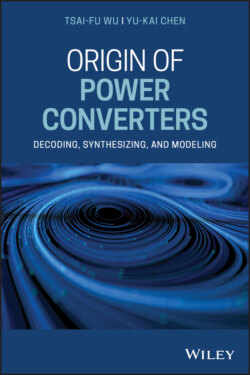Читать книгу Origin of Power Converters - Tsai-Fu Wu - Страница 14
1 Introduction
ОглавлениеElectrical energy has been widely applied, and its growth rate has been increasing dramatically over the past two decades. In particular, renewable energy coming to play has driven electricity utilization and processing needs to reach another growth peak. Additionally, machine electrification and factory automation have also increased the demand of electricity. With increasing use of sophisticated equipment and instruments, high power quality becomes just essential. To supply sufficient, of high quality, and stable electrical power in desired voltage or current forms, power processing systems are indispensable. Meanwhile, they also play an important role in supporting continuous growth of human beings' civilization, environmental conservation, and energy harvesting. In designing a power processing system, the first step needs to select a power converter topology since the converter topology mainly governs the fundamental properties, such as step‐up, step‐down, bipolar operation, component stresses, etc. Converters come out with very diversified configurations. How to derive or develop them systematically without trial and error is an interesting topic. Thus, many researchers have devoted in developing power converter topologies for various types of applications.
In this chapter, configuration of a power processing system is first addressed. Fundamental two types of power converter classifications, general pulse‐width modulated (PWM) converters and non‐PWM ones, are presented. Then, the well‐known PWM converters are introduced for later comparison and illustration. In literature, there are many approaches to developing power converters, and their fundamental principles will be described briefly. In addition, an evolution concept is presented for illustrating later converter derivation. A section introducing the overall organization of this book will be included in the end of this chapter.
